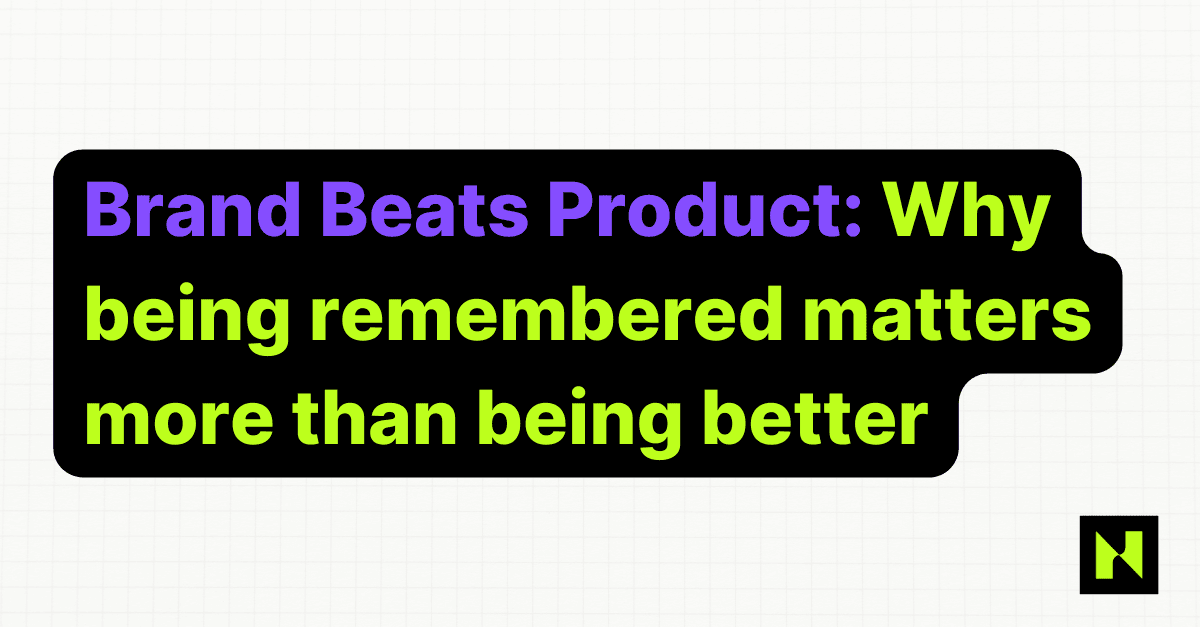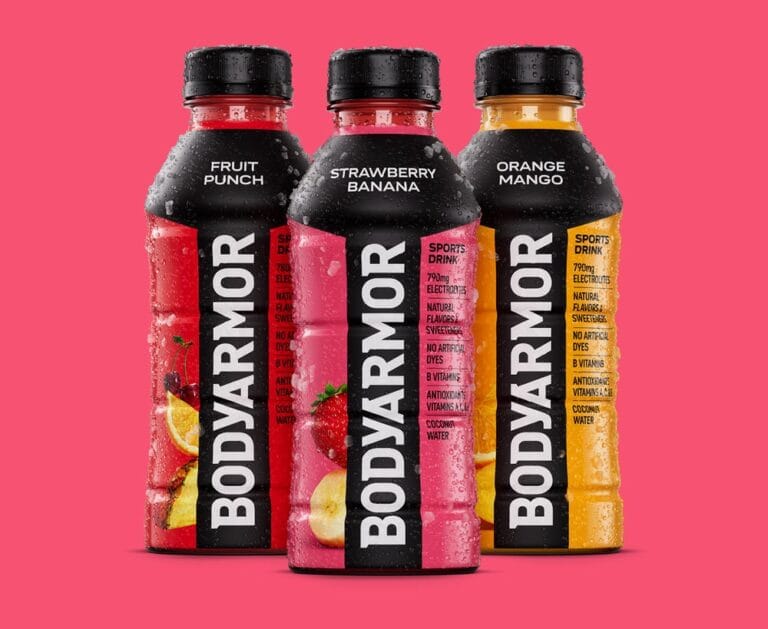When I first started noticing how fast tech products were catching up with each other, it struck me: the difference between products is shrinking every day. In this landscape, brand beats product becomes a crucial factor in consumer choice.
Take AI models for example. If you blind test ChatGPT, Claude, and Gemini, most people can’t really tell which one they’re using. Yet, ChatGPT is the name almost everyone remembers when they think of “AI assistant.” That’s the power of brand.
The same thing happens in almost every market. Phones have nearly identical specs, software tools copy each other’s features within months, and even cars are starting to feel more and more similar. So why do people keep paying extra for Apple, Tesla, or Coke when the alternatives often work just as well?
The answer: brand beats product when products become hard to tell apart.
Let me explain why this happens, and more importantly, how you can make sure your product wins because of your brand.
The evidence: Why brand often beats product
1. Buyers choose what they remember first
Studies from the Ehrenberg-Bass Institute show that in almost every category, brands with bigger market share have many more buyers and slightly higher customer loyalty, while smaller brands suffer double jeopardy, fewer customers and lower loyalty. This pattern holds in B2C and B2B markets, across countries, products, and services. In other words: you grow mainly by being more mentally and physically available.
2. Familiar brands feel better, even when products perform the same
Neuro-imaging research comparing Coke and Pepsi demonstrates this clearly: when people taste the drinks without seeing the label, brain responses (in the ventromedial prefrontal cortex) and preferences are almost equal. But once they see the label, knowing it’s Coke, their preference shifts, the brain activates memory and emotion areas (hippocampus and dorsolateral prefrontal cortex), and people say they like it more. This shows how powerful brand cues are, even when the “product” is chemically identical.
3. The brain loves what’s easy to process and familiar: “First in the mind” > “Best on paper”
Psychology tells us about the mere-exposure effect and processing fluency. Simply seeing something repeatedly makes us like it more. If your brand name, logo, tagline, or interface is easy to read and familiar, people feel good about choosing it, often without even thinking much.
4. Being “first in the mind” matters more than being “technically best” for revenue
Countless cases show that even when competing products are nearly the same, the brand that people think of first wins. It’s not always the most technically advanced product, it’s the brand that owns the mental space for a category. This is classic positioning theory: mental leadership compounds over time. Brand equity shows up as revenue and price premiums, not just awareness. Rigorous measures (e.g., “revenue premium” vs. private labels) tie brand strength to real money.
5. Once products converge, brand captures premium and share
In markets like smartphones, AI assistants, and even software tools, features and specs become unified quickly. What separates players then is brand awareness, ecosystem, trust, and recall. People default to brands they know, like calling any AI chatbot “ChatGPT.” That default one-word name draws more attention and trials, even when other models are nearly as good.
6. Even a component can be sold through brand
Think about Intel. A computer chip is something most buyers never see and don’t understand, but Intel managed to turn it into a promise people looked for: “Intel Inside.” They took something invisible and technical, and made it a reason for customers to choose a laptop. That’s the power of brand, turning raw specs into something people actually care about.
What this means for you as a founder
If your product is in a space where features are quickly copied or where everything looks the same, you can’t rely only on product to win. You need to engineer brand memory and default choice.
That means two things:
- Making sure your brand is the first that comes to mind in buying moments.
- Making it ridiculously easy for people to choose you.
And that’s where the toolkits come in.
Toolkit 1: Brand Superiority Checklist
Here’s a simple checklist you can run every quarter. It helps you see whether your brand is positioned to win even when products look alike.
How to use it: Score each item from 0–2 (0 = not true, 1 = partly true, 2 = always true). Your goal is to hit 16+.
Toolkit 2: Brand Story Optimization Playbook
This playbook will help you build a brand story people can remember, repeat, and trust. It makes sure your brand is strong enough to stand out in a crowded digital market.
How to use it: Work through each step in order, and document your answers. Update them every quarter.
Final thought
The truth is, the “best” product doesn’t always win once the competition catches up. What wins is the brand that’s easiest to remember, easiest to try, and easiest to choose.
That’s why you should treat branding not as a “nice to have,” but as the operating system for your growth.
Product gets you in the game. Brand keeps you on the field.





